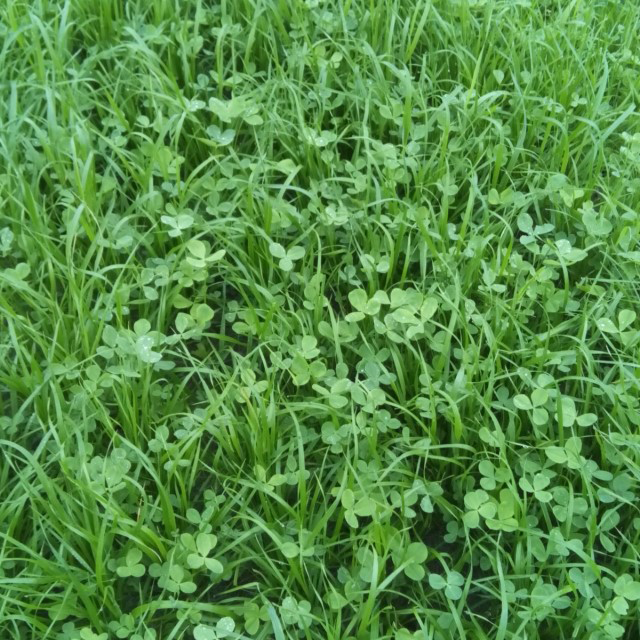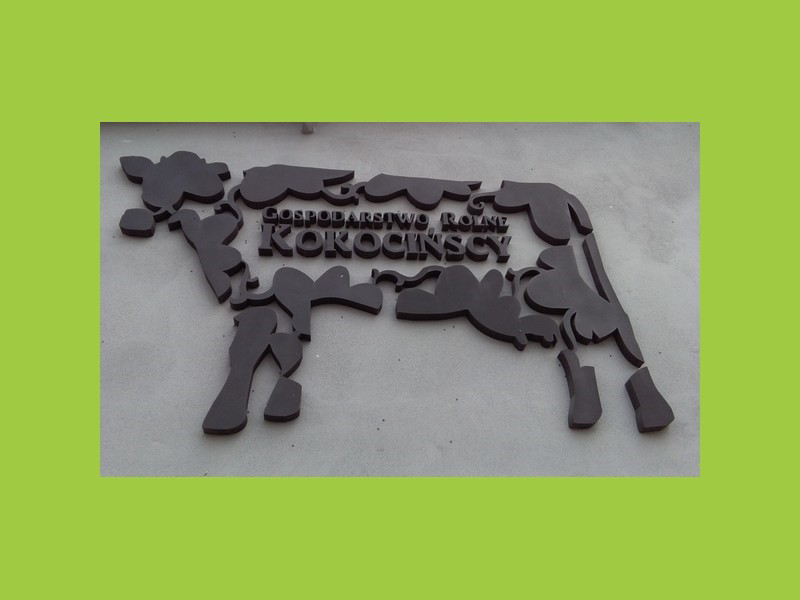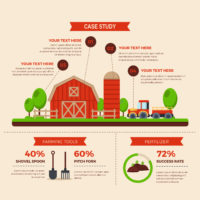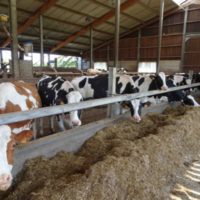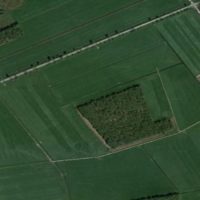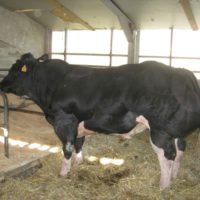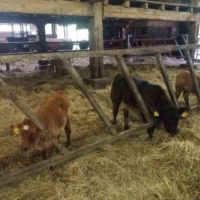Description
Sowing grass and legumes seeds separately, perpendicular to each other in order to obtain uniform grass-legume sward. There is a high share of legumes in the sward, which amounts to 40% or even 50%. Sowing grasses and legumes together does not guarantee obtaining uniform grass-legume sward.
Reason for the innovation
The farmer purchases and seeds grass and legume seeds separately every 2-3 years. The goal of the owner is to have:
- regular distribution of the sown seed on the soil surface
- better rooted plants,
- less need for nitrogen fertilization,
- less need for buying mineral fertilizers,
- high yield – 15 tonnes of dry matter per hectare,
- homogenous haylage with constant 18% protein content,
- lower usage of concentrate per cow.
Farm description
Environment
- Soil types: Sandy, Sandy-loam
- Climate: Warm-summer humid continental
- Altitude: 76 m a.s.l.
- Slope: 0%
Grassland management
- All of the grasslands are exclusively mowed.
- The sward is conserved by making haylage.
Structure
- Annual Work Unit: 4
- Agricultural Area: 85 ha UAA
- Main forage area: 52 ha
- Arable land area: 70 ha
- Permanent grassland area: 15 ha
- Temporary grassland area: 17 ha
- Other green forage area: 20 ha
- Stocking rate rates:
- agriculture area 1.0 LU/ha
- main forage area 1.7 LU/ha
- grassland area 2.8 LU/ha
Animal performance
- Dairy cows: 60
- Total livestock units: 88.6 LU
- Milk production per head: 11800 (l/year)
Why it is working
The owner of the farm has theoretical and practical knowledge in grasslands. The farmer is a member of the Water Company strongly involved in its activities. Water management is very effective in the region, more effective than in other parts of the country. Without the excellent work of the Water Company in the area, the whole effort of the farmer put into grassland renovations would be wasted.
